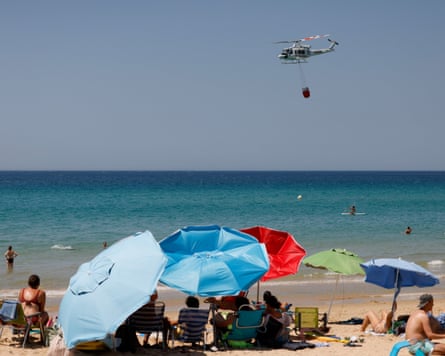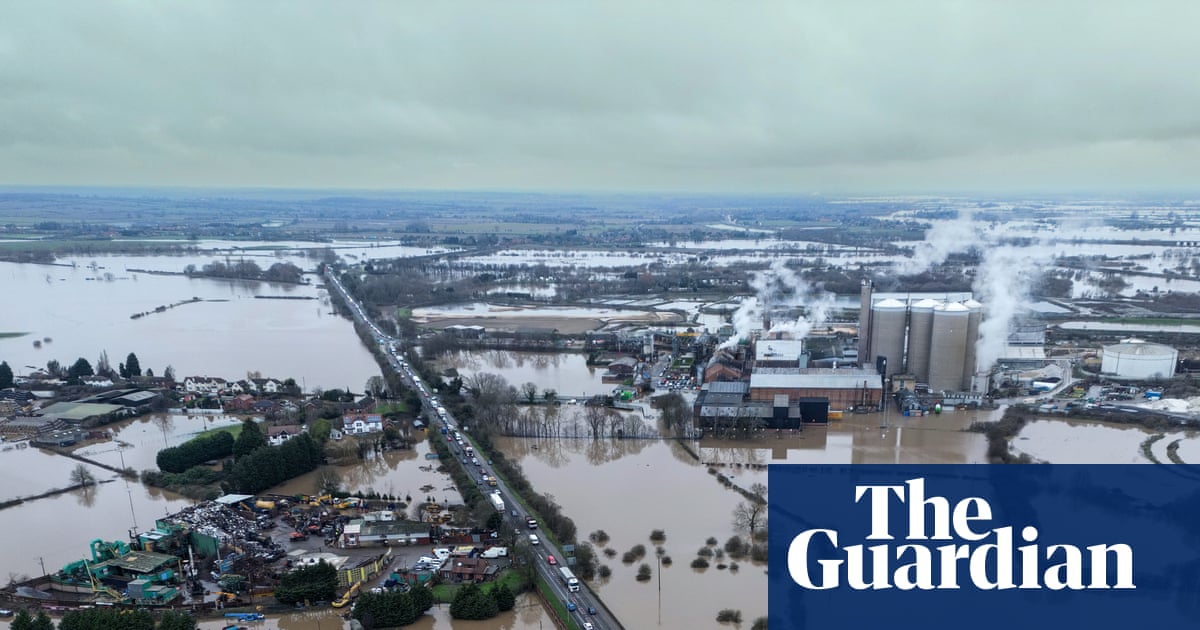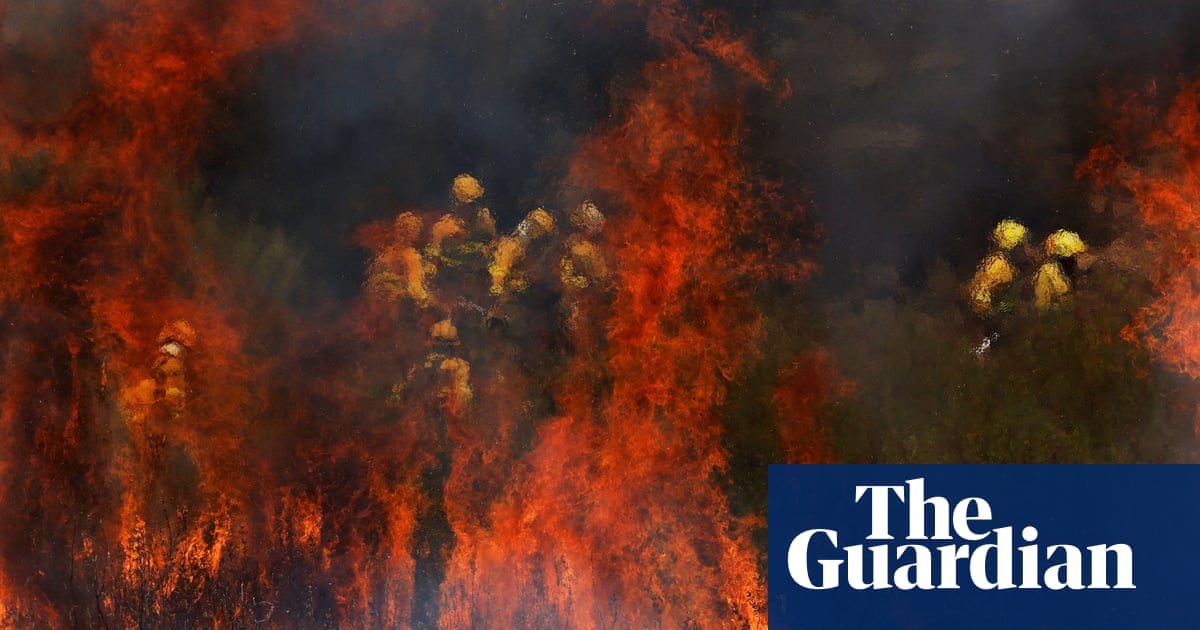PROTECT YOUR DNA WITH QUANTUM TECHNOLOGY
Orgo-Life the new way to the future Advertising by AdpathwaySomehow, the heat hits harder when you’re on holiday.
Tourists who hoped to idle on Croatian beaches this week will have instead singed their feet on scorching sand. Families on a break in Madrid will have choked on smoke from a deadly wildfire that ripped through a suburb of the Spanish capital. Visitors to Mount Vesuvius in Italy will have been turned away from the trails as firefighters battled blazes on the volcano’s slopes.
And then there are campers in south-west France, where 40% of selected weather stations recorded heat above 40C on Monday, who may have wished they had stayed home.
Fierce heat is scorching southern Europe for the second time this summer, breaking temperature records and fuelling wildfires that have forced thousands of people across several countries to flee their homes.
The heatwave, which has been made longer and stronger by the blanket of fossil fuel pollution that smothers the Earth, has struck during the holiday season when tourist-dependent economies in the Mediterranean and the Balkans are most exposed to variations in weather.
For locals and visitors alike, the formerly Instagram-friendly views now seem apocalyptic. Firefighters are tackling fierce blazes in countries from Portugal to Turkey, and the infernos are known to have killed people in France, Spain, Albania, Montenegro and Greece.
Across the continent, black smoke is darkening blood-red skies.
“We are being cooked alive,” said Alexandre Favaios, the mayor of Vila Real, in northern Portugal. “This cannot continue.”
Wildfires in Europe burned more than 400,000 hectares in the first seven months of 2025, according to data published by EU fire scientists on Tuesday. Although it is not the worst the continent has seen for this time of year, the burned area is 87% greater than the average over the last two decades.
In the coming week, the scientists warned, “extreme to very extreme conditions” for fire weather will persist. They project “particularly severe” risks in much of southern Europe, as well as high anomalies in parts of the Nordics.
“We are at extreme risk of forest fires,” the Spanish prime minister Pedro Sánchez warned on Tuesday. “Please be very cautious.”
Feeling the heat

I have felt the fear that wildfires can instil in an absent-minded tourist. At a Portuguese friend’s wedding in 2022, by a lake in the rural centre of the country, a nearby forest fire forced us to head indoors early so helicopters could fill buckets with fresh water to battle the blaze. The next day, as we lounged in the outdoor pool of a holiday home, white soot rained down on us like snow.
after newsletter promotion
The hot ashes had been lifted up by plumes of smoke that grew redder and redder as the fire came closer. After some fretting among the group, one friend with a newborn baby decided it was time to leave, so we fled to the coast. We drove past locals, mostly retired, who stood outside their homes and watched in horror as flames drew near.
Wildfires kill hundreds of people around the world each year – a death toll far lower than that from floods, which kill thousands, and from heatwaves, which kill hundreds of thousands. But factor in the smoke and the human cost rises rapidly. The latest research estimates that the air pollution spewed by wildfires kills a staggering 1.5 million people globally each year.
There are economic costs, too. As southern Europe bakes and burns each summer, tourists who cannot travel out of season are starting to abandon traditional holiday destinations in favour of “coolcations” farther north that beat the heat.
Even that strategy will have led to some disappointment this summer. At the start of the month, a heatwave hit cool Nordic countries and sent temperatures north of the Arctic Circle to a staggering 32-33C. “Truly unprecedented” was how one meteorologist described the heatwave.
The upshot is that flight shame might not be what keeps people from holidaying far from home as the planet heats up. Instead, it could be the rising cost of travel as Europe’s once-stable climate violently breaks down.
This is an edited version of the This is Europe newsletter. If you want to read the complete version every Wednesday, please sign up here.


 11 hours ago
3
11 hours ago
3





















 English (US) ·
English (US) ·  French (CA) ·
French (CA) ·